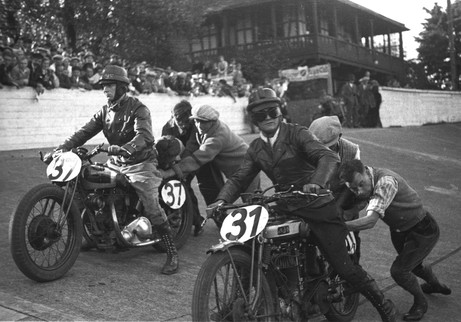The proletarian Eye
Workers' Photography of the 1920s by Kurt Pfannschmidt, Ernst Thormann, and Richard Woike. Blackbox #9
Kurt Pfannschmidt, Ernst Thormann, Richard Woike
‘Learn to take pictures! At family celebrations, at work, at gatherings, and on the train – good photographs are a nice memento for later times.’
The Worker Photographer, 1928.
Twenty-three years old and unemployed, Ernst Thormann decided to explore Berlin’s Scheunenviertel with the plate camera. His glass-plate photographs of the time, taken between the S-Bahn arches behind the Börse and Alexanderplatz train stations, are unique documents of everyday Jewish life in Berlin.
In his work and that of his contemporaries, Kurt Pfannschmidt and Richard Woike, the big city flair of the 1920s comes back to life.
In addition, period cameras and matching darkroom equipment make for a playful combination of the authentic and the fictional.
Illustrated magazines and the film Kuhle Wampe (To Whom Does the World Belong?) by Slatan Dudow (1930) probe and expand upon the media impulses generated by the pictorial language of the 1920s.
Bröhan-Museum
1.10. – 24.01.2021
Location
Bröhan-MuseumSchloßstraße 1A
14059 Berlin - Charlottenburg
T 030/32690600
Tue–Sun 10–18 h
Public transport
Bus: 109, 309, M45 (Haltestelle „Schloss Charlottenburg“) U-Bahn: Richard-Wagner-Platz oder Sophie-Charlotte-Platz S-Bahn: Westend
Admission price
8,- € / 5,- €
>> book a ticket
Curators
Julia HartensteinCatalog
Zur Ausstellung erscheint ein Katalog.
